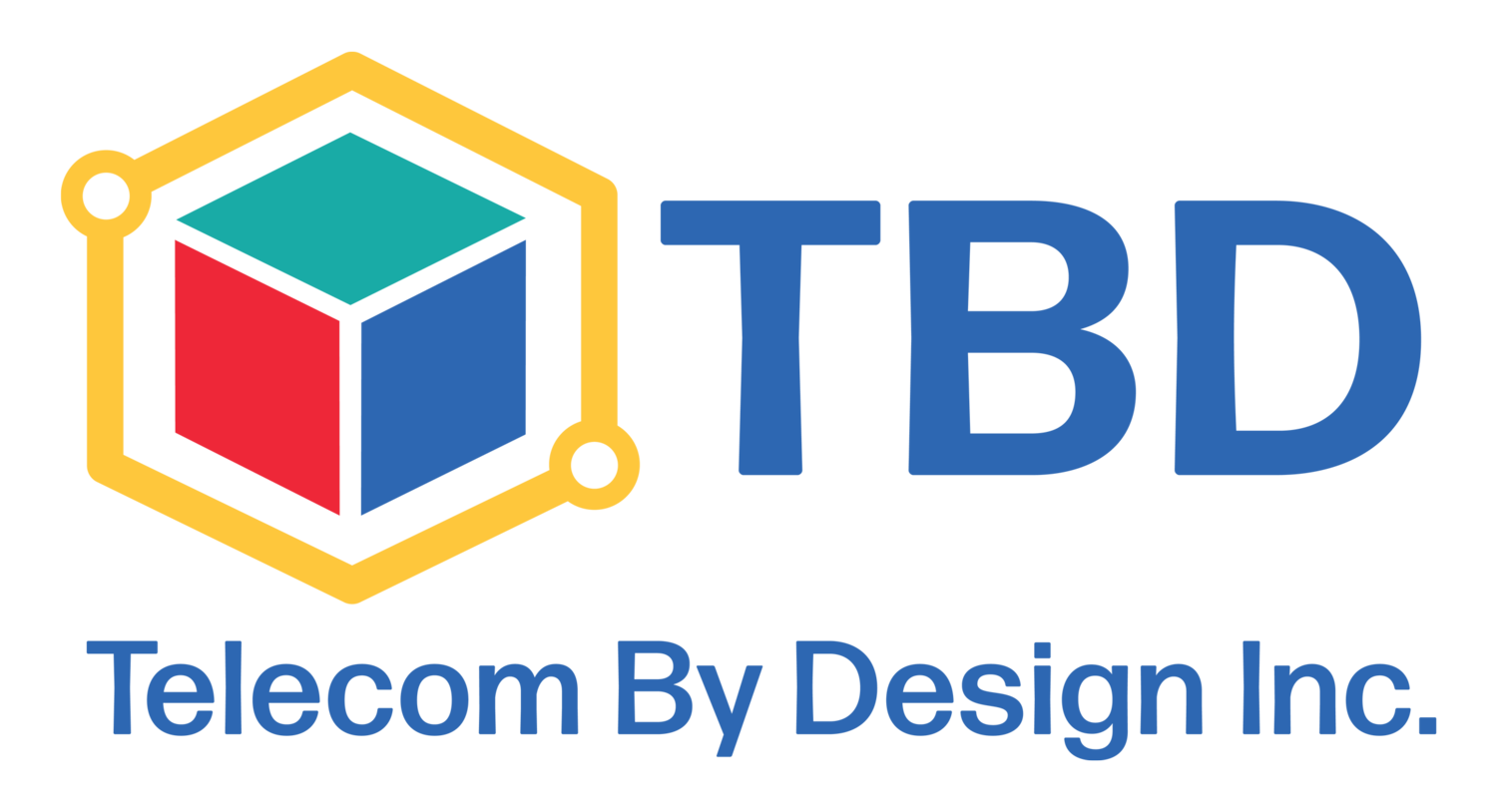Unlike Cat5e cables vs. Cat 6 cables the debate of “Fiber” vs. “Fibre” is easily answered as it is merely a question of regional spelling. They are indeed the same flexible “light pipe” but you are more likely to seek out “optical fibre” in Sheffield and “optical fiber” in Seattle. (what if I’m in Toronto?)
Fiber optic cables have an assortment of uses across many different industries. In telecommunications, fiber is used for transmitting and receiving data and connects users and servers in a variety of network settings while increasing the speed and accuracy of data transmission.
Fiber is in high demand because of its many advantages including:
Enormous bandwidths
Low loss of transmission (even over long distances)
Little to no interference
Electric insulation
Small and light weight
Security
Another great advantage of fiber is that is able to reach extremely long distances without sacrificing network quality which makes it ideal for large manufacturing plants or warehouses.
Fiber Optic Cabling can be used in larger offices tying together two floors of departments. Typically, seen travelling up through the riser room and run between floors.
In other instances, fiber optic cabling is used to link two remote sites together within pipe underground! For example, fiber optic cabling can be used in seasonal and outdoor space that requires high speed connections for Surveillance & Security Cameras, POS machines & Public Address Systems.


